For as long as you can remember, there’s always been a certain pressure to provide your loved ones with a nightly “home-cooked meal.” Although it may sometimes feel like it’s impossible to prepare an elaborate dinner on busy weeknights, these smart tips will show you how to take the stress out of the classic home-cooked meal.
- Start meal planning. Sure, making a home-cooked meal is difficult if you don’t have all the ingredients or don’t know what to make. By planning a week’s worth of meals on Sunday evening, you can get your cooking schedule under control.
- Make preparations. Many at-home chefs use their weekends as a time to prepare the bases for the week’s meals. You can cook a dozen chicken breasts, bake a casserole, or even begin to marinate a steak to save yourself time the night of.
- Choose basic recipes. If you don’t have time to experiment with fancy recipes from cooking magazines, choose recipes that you already know and love. Just because your favorite spaghetti and meatballs is pretty basic doesn’t mean that it’s not home-cooked.
- Make it from scratch, but not entirely from scratch. Don’t feel like you have to crush your garlic by hand or chop each vegetable individually for your meal to count as home-cooked. Buying frozen veggies or garlic powder works just as well.
10 Secrets of Home Cooks (And How You Can Become One, Too!) [Real Simple]
6 Tips for Stress-Free Family Meals [Right @ Home]
How to Plan Your Weekly Meals, Stress Free [Lifehacker]
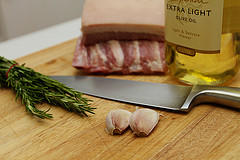

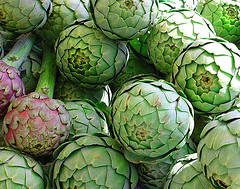

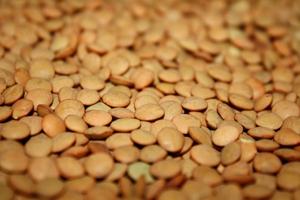
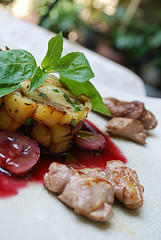
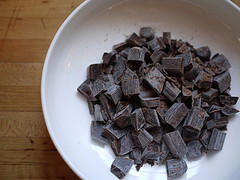
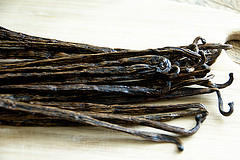
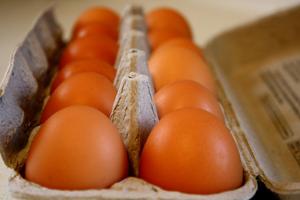
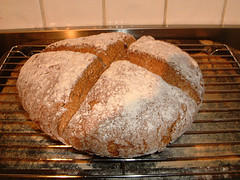


 Equal Housing Opportunity
Equal Housing Opportunity